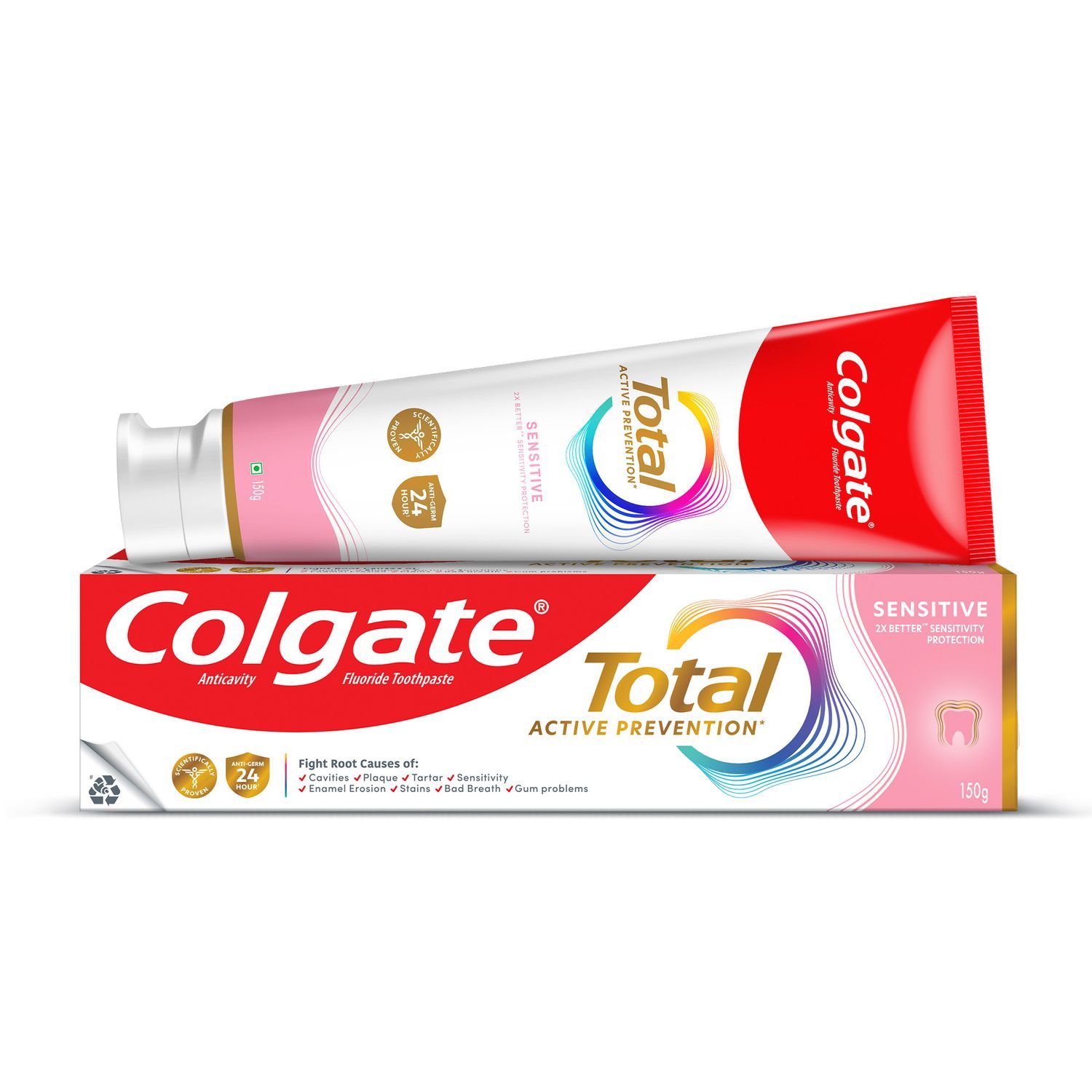What is Teeth Cleaning?
Teeth cleaning is a part of oral healthcare, and it includes the removal of plaque or tartar to help prevent gum diseases, tooth decay, and cavities. Professional dental cleaning is essential to remove deposits of plaque that might prevail despite regular brushing and flossing. Dentistry uses specific procedures such as scaling and root planing performed by a dentist for cleaning teeth and keeping the gums firm and healthy.
Importance of Teeth Cleaning
Sometimes, people may be reluctant to visit the dentist for deep cleaning teeth. According to a study, 95% of Indians suffer from periodontal disease, whereas only 2% visit the dentist, and only about 50% use a toothbrush.
Understanding the importance of keeping teeth clean with routine dental cleanings is crucial for ensuring dental hygiene. Amidst personal dental care with regular brushing and flossing, the following are some reasons why you should consider undergoing professional dental cleaning:
- Professional teeth cleaning by a dentist can effectively remove plaque deposits that might have escaped your oral care routine or those lodged in hard-to-reach areas.
- While plaque formation is continuous, cleaning teeth prevents it from hardening to tartar and leading to an unpleasant appearance and stains on teeth.
- Dental cleaning removes plaque and bacteria, reducing the risks of cavities, tooth decay, and oral problems such as gingivitis or gum diseases. It also removes bad breath caused by plaque build-up.
Teeth Cleaning Process
Teeth cleaning at a dental clinic is usually safe and gentle, and your dentist may consider various aspects before initiating the process. People come with different oral conditions, such as dental implants, gum diseases, or bleeding gums, which need to be considered for a comfortable experience during the cleaning procedure. A professional dental cleaning session may involve the following steps:
Oral Evaluation
Your dentist or dental hygienist initially examines your mouth before the teeth cleaning process. An instrument called a probe may be used to measure gum depth around teeth and assess gum health. The depth of the gum tissue between the teeth and gums is called a pocket, where bacteria can thrive. Based on the depth of the pockets, your dentist may recommend deep teeth cleaning. Regular dental evaluations are crucial for healthy teeth and gums.
Remove Plaque And Tartar
Following evaluation, a treatment plan is created for you, which includes determining the number of sessions needed. Scaling is done to remove plaque and tartar deposits from the teeth surface and above and below the gum line. It cleans the pocket between the teeth and the gums, helping prevent cavities and bacterial infections. Your dentist may use a scaling instrument, either an electric or ultrasonic scaler or a manual periodontal scaler.
This will be followed by root planing, wherein the dentist will smooth out your teeth roots helping the gums reattach to the teeth. Depending on the individual, teeth cleaning may require more than one dental sitting and a follow-up visit to ensure that the teeth and gums are getting healthier and have no pocket depth.
Teeth Polishing
After all the plaque and tartar are scraped off your teeth and gums, the dentist may polish your teeth. A professional-grade gritty toothpaste may be applied and gently brushed using a powered toothbrush. This step is usually done to ensure no remnants of plaque or tartar are left on the teeth.
Flossing
Flossing is to be included in daily dental care to ensure good oral hygiene. However, flossing by a dental professional brings the finishing touch to dental cleaning. Your dentist may floss between your teeth to remove any deposits of plaque or toothpaste that got left behind, making each tooth cleaner.
Rinsing
Now, your dentist will provide a mouth rinse, usually containing fluoride, to clear off debris, prevent infection, and help relieve any discomfort. This usually gives a refreshing and clean feel.
Are There Any Side Effects of Teeth Cleaning?
Mouth cleaning with a dentist is usually safe and helps boost dental health without side effects. Some may mistake it for weakening teeth; however, professional dental cleaning gives cleaner teeth and healthier gums and prevents gum diseases. In some cases, those who may have skipped routine dental cleanings for a long period may experience mild discomfort depending on the amount of plaque or tartar build-up.
Care After Scaling And Root Planing Appointments
Ideally, after this deep cleaning appointment, the bacteria in the pockets of the teeth will be removed, and in the next few weeks, the gums will become healthier if the person is performing oral hygiene every day. Dentists recommend Colgate Total Advanced Health as an optimal toothpaste. With Dual Zinc and Arginine technology, it fights germs in teeth, gums, cheeks, and tongues for 12 hours. It prevents plaque, tartar, bad breath, and cavities, enhancing the overall health of your mouth.
If an additional mouth rinse is required, the dentist may prescribe an antibacterial mouthwash to reduce bacteria in the mouth. In cases where deep scaling and routine dental check-ups do not suffice to reverse periodontal disease, seeing a periodontist for a consultation can be ideal for determining suitable treatment options.
If you are wondering how to clean teeth effectively, then professional teeth cleaning is a safe workaround. Regular dental cleaning is vital for maintaining oral hygiene and preventing gum diseases, decay, and bad breath, ensuring healthier teeth and gums. One may want to avoid running after treatments and home remedies for oral problems. Preventing them by empowering your oral care regimen with antibacterial toothpaste, regular brushing, flossing, and dental cleanings is ideal.
Frequently Asked Questions
- How often should you get your teeth cleaned?
It is ideal to have regular dental check-ups and clean teeth with a dentist every six months. This keeps the mouth clean and gums healthy and helps prevent plaque and tartar build-up and potential oral health problems. - Does teeth cleaning hurt?
Deep teeth cleaning is usually a safe and painless procedure that removes plaque and tartar making your teeth cleaner and gums healthier. In some cases, if one has skipped regular dental cleanings for a long period, mild discomforts may be felt depending on the amount of plaque or tartar build-up. - Is teeth cleaning expensive?
Teeth cleaning is a basic and affordable treatment performed at dental clinics. It keeps your mouth cleaner and shielded from potential oral health problems. Preventing dental problems with routine dental cleanings would be better than undergoing pricier treatments like fillings, or crowns later on. - How long does a teeth cleaning take?
Usually, dental cleaning may last for 30 minutes or about an hour. Depending on your unique oral conditions and needs, the procedures involved and treatment, duration could vary. In some cases, the dentist may suggest multiple sittings and follow-up visits.
This article is intended to promote understanding of and knowledge about general oral health topics. It is not intended to be a substitute for professional advice, diagnosis or treatment. Always seek the advice of your dentist or other qualified healthcare provider with any questions you may have regarding a medical condition or treatment.
ORAL HEALTH QUIZ
What's behind your smile?
Take our Oral Health assessment to get the most from your oral care routine
ORAL HEALTH QUIZ
What's behind your smile?
Take our Oral Health assessment to get the most from your oral care routine













